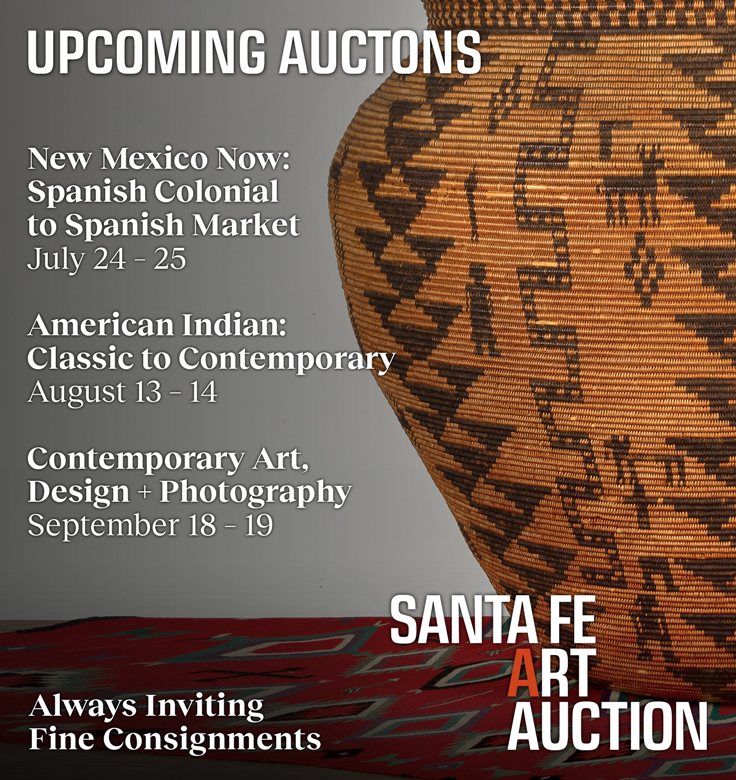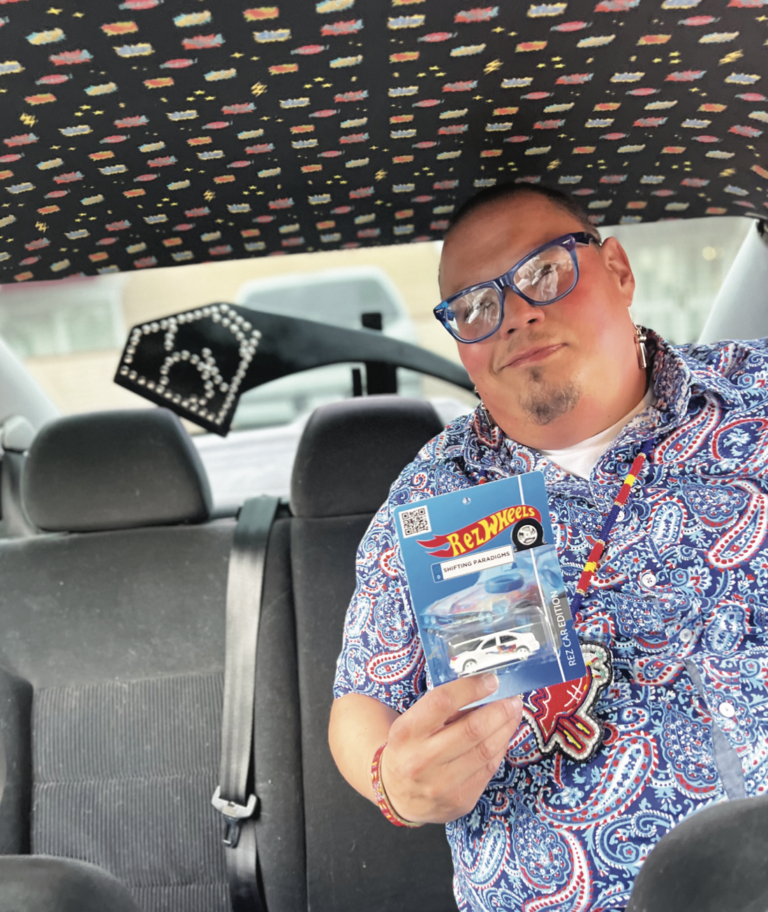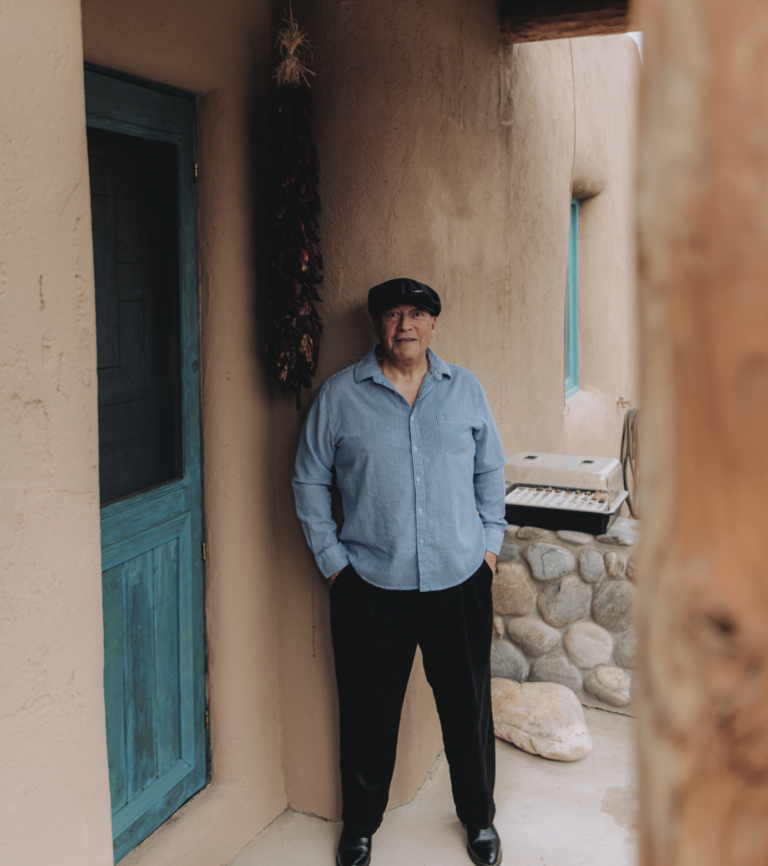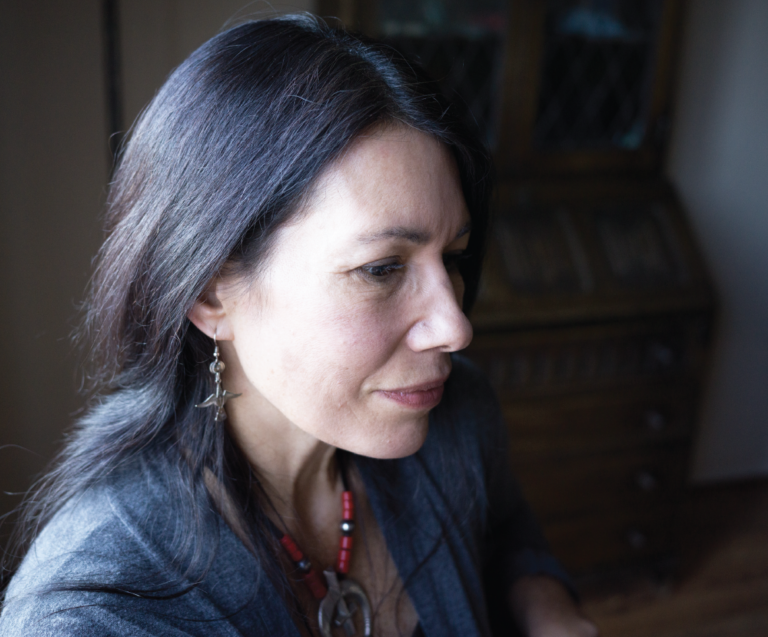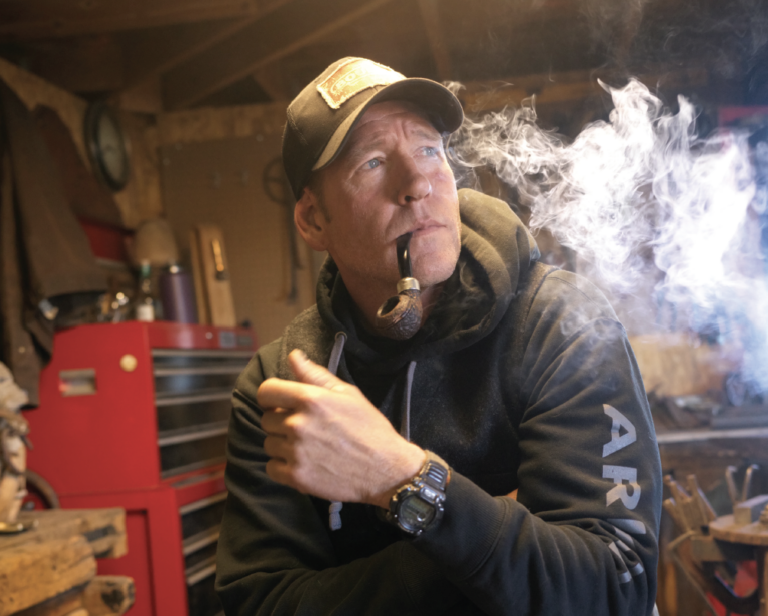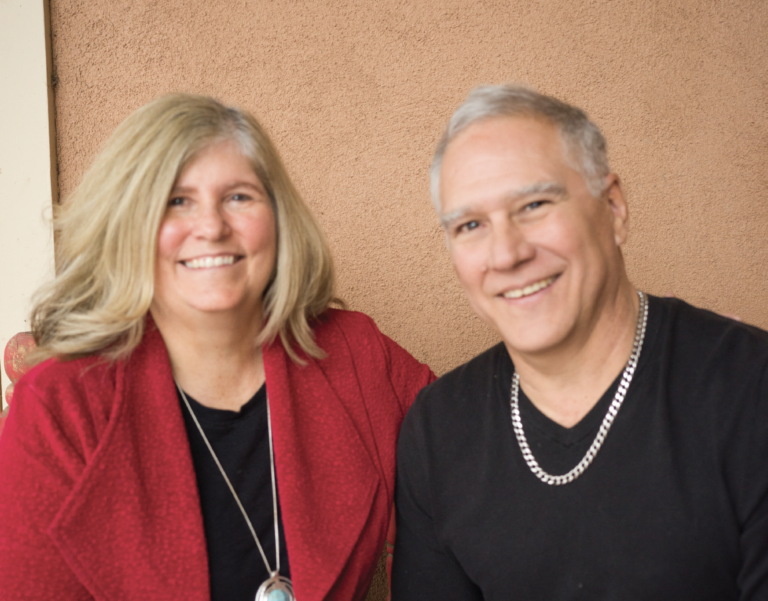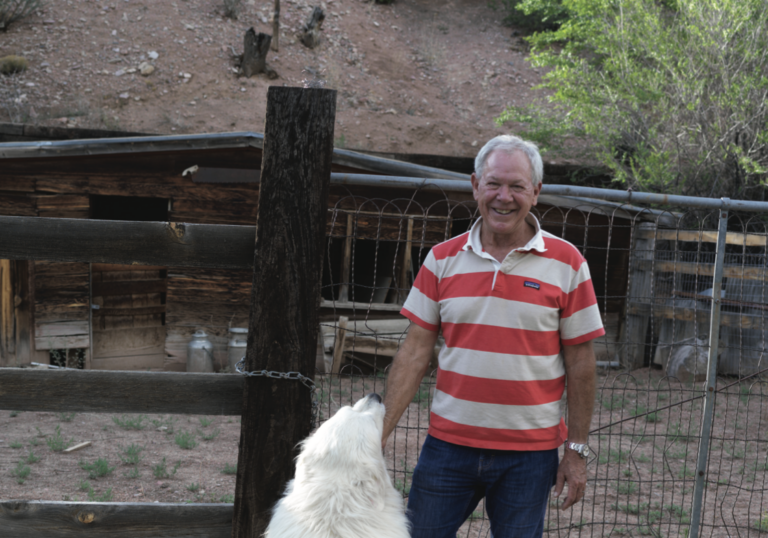IMAGINE YOU ARE A NATIVE AMERICAN GIRL who grew up on a reservation in South Dakota. You have a famous Indian activist uncle who persuades his brother – your father – to send you to boarding school. Not an American Indian boarding school (“kill the Indian, save the man”), but an elite Connecticut prep school where most girls have never seen a Native American.
You are good – very good – at school, and you specialize in Indian studies. You graduate, move to New York, and climb the ladder of success in the art world. Then, you are appointed to run the Center for Contemporary Arts in Santa Fe. You believe that interest in Native American art is going to trend up, way up – that the people who come to Indian Market finally get it.
You have to raise money while making sure the highest standard of art is maintained. You are daunted by the needs of the organization and by what you believe you can and should do.
You are the first Native American to run a non-Native arts organization. You are proud of it, yet you wish it wasn’t such a big deal.
Imagine all of this, and you will begin to get to know Danyelle Means.
You think Native art is about to take off.
There will be a big boom in contemporary Indigenous art. It’s going to likely start next year with the Whitney retrospective of Jaune Quick-to-See Smith, an amazing artist who’s been around since the ’70s. She’s finally getting her due, and I think that’s really going to kick things off. Jeffrey Gibson has an amazing show at SITE Santa Fe and has had amazing solo shows at the Brooklyn Museum – all over. People are finally taking notice of Indigenous contemporary art. That makes me very happy.
People have finally figured out that Indian Market is an art market, just like VOLTA or The Armory in New York. Indian Market is specifically contemporary and traditional arts of Indigenous Native Americans from the northern hemisphere. It’s a completely different and extraordinary art market. And that has finally started to seep in.
Why now?
Black Lives Matter. Standing Rock. These social justice movements have brought back the idea that we’re contributing in ways that have been passed off as craft, have been passed off as ethnographic – that you can’t display something as Indigenous art unless it has a feather or a horse or a half-naked man in it.
And Santa Fe is right in the middle of this. How did this city get so lucky?
When I moved from New York, the one thing I had to have was an incredible art scene. Not just fine arts, but music, theater, literature, poetry. And the other thing that was really important to me was a Native community. There are very few cities that have that, and Santa Fe is certainly one of them.
You’ve said that, to your knowledge, you’re the only Native American who’s running a big arts organization here…
Well, I hate that I’m the first or the only. I don’t wanna be. There are so many incredible Native women and men and non-binary folks who have these capabilities. I don’t want us to be measured by that. That’s where we’ve gotten stuck – the idea that, as a Native woman, I can only be an expert on Native American art.
There’s been a fear, I think, that as an Indigenous woman, I’m going to turn CCA into the next Indigenous art center.
But in fact, that’s the polar opposite of what I want to do. I want to intersperse really great art with other really great art and do shows; not only fine art shows, but performances, theater, workshops, cinema. If a piece is extraordinary, it doesn’t matter where it comes from – that’s what I want to get to.
You want a stew.
I want a stew. I do.
Do you cook?
I do. I love to cook. So, for a good stew, you put it all together – and when you put a show together really well, you round the corner and go, Wow!
So you’re an executive, which means you’re responsible for making sure CCA’s lights stay on. But you’re also the curator-in-chief?
Right now, I am the head curator. The curatorial stuff is the fun, sexy stuff. I would love to be doing that nonstop – just researching artists and figuring out which ones we want to put together. But right now, it’s also about stabilization. It’s about financial solvency, and as one of the 1,200 nonprofits in Santa Fe, we’re all reaching for the same pockets.
WANT TO READ MORE? SUBSCRIBE TO SANTA FE MAGAZINE HERE!
Photo SFM

